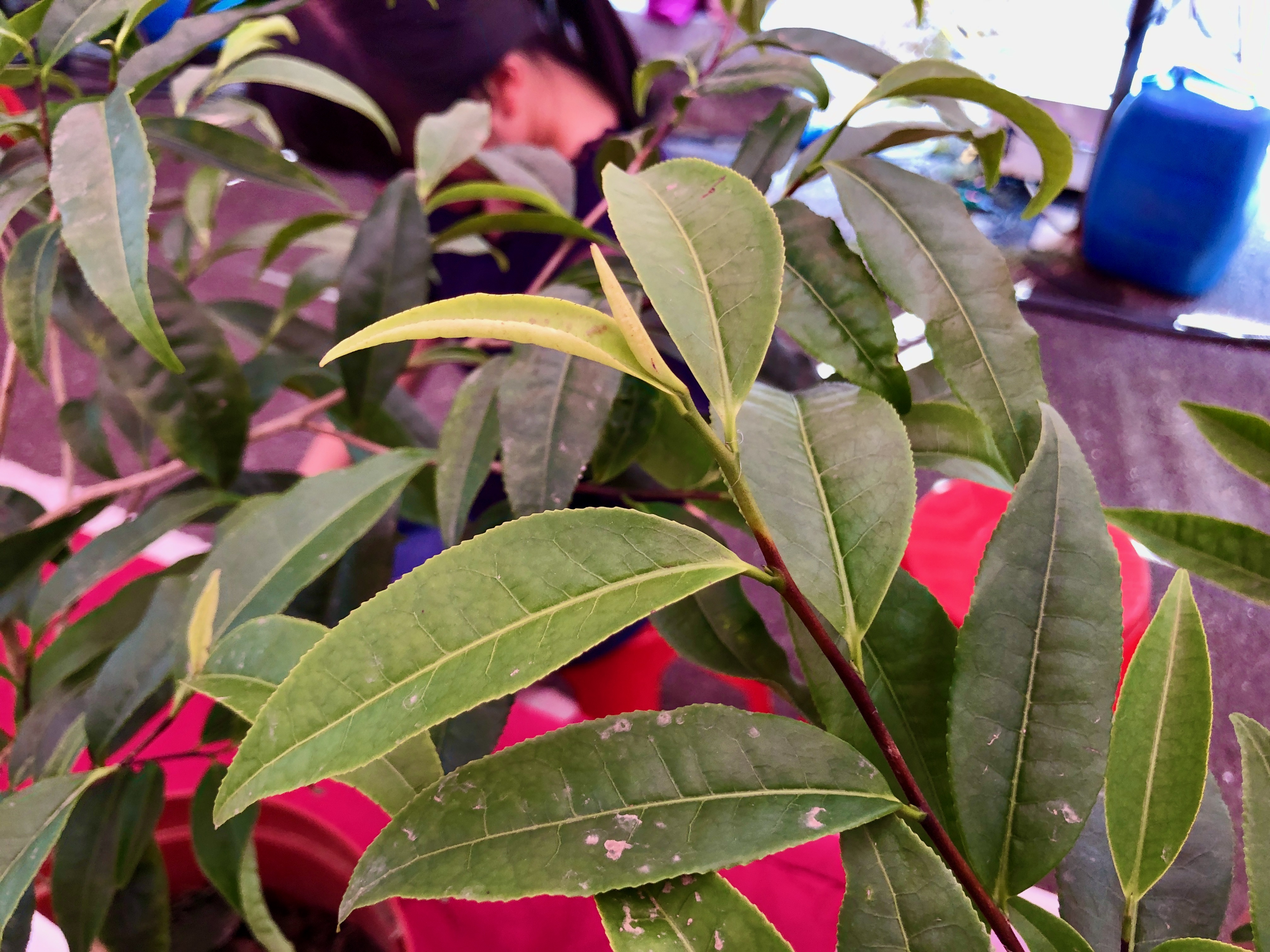
The first step to knowledge is to understand the knowledge itself. - Carl von Linné
Green tea, Oolong tea and Black tea refer to the ways tea leaves are being processed. With the suitable tea cultivar, it can bring out the best taste and aroma.
- The Origin of the Name for Tea Tree
Tea, is categorized in Camellia Genus in biology, and the common one is Camellia sinensis. Its initial scientific name was Thea sinensis, named by a Swedish biologist Carl Linnaeus in 1753.
Camellia was from a Jesuit missionary Georg Joseph Kamel(1661-1706)from Czech Republic, originated from its Latin’s surname.
sinensis came from a Scottish botanist Sir George Watt(1851-1930), who named the plant based on its origin place. sinensis means Continental in Latin.
Tea trees are originated in Asia, and its region covers from Tropic of Cancer 10 degrees both to the north and to the south.
- The relationship between TTES and Chin-Shin-Oolong.
TTES stands for Taiwan Tea Experiment Station, referring to the cultivars developed by the Tea Research and Extension Station. Chin-Shin-Oolong is a tea variety that has been existed in nature. As a result, Chin-Shin-Oolong was not listed in the TTES series. Nevertheless, Chin-Shin-Oolong can be acted as the parent cultivar for TTES, meaning male and female parents. For example, TTES No.22 was having Chin-Shin-Oolong as its male parent, and TTES No.12 as its female parent.
- Ways of improving cultivars:
Some of the common ways of improving cultivars include Single Seed Descent, Artificial Crossing, Chemical Mutagen, Radiation Mutagenesis and Genetically Modification.
1. Single Seed Descent: pick the best choice out of many seeds and then cultivate them before further picking for the better one.
2. Artificial Crossing: through artificial pollination, tea belongs to cross-pollinated crop. So the pollen from flower A must be pollinated with the pistil from flower B. Then cultivate the resulting seeds and repeat for many times on picking.
3. Chemical Mutagen: to soak the seed in the chemical mutagens for gene mutation.
4. Radiation Mutagenesis: to radiate the seed for gene mutation.
5. Genetically Modification: to insert specific gene orders into the seed to get the particular result.
No. 1 to no.5 are randomly picked for improving cultivars, and only the genetically modification is result-oriented way of improving.
- How difficult is to do cultivar improvement?
Last week was the 117 anniversary for Tea Research and Extension Station, and they have also announced a new cultivar – TTES No.24 SHAN YUN.

The followings are the time spent on cultivar improvement:
TTES No. 12 - 21 years;
TTES No. 18 - 50 years;
TTES No. 19 – 43 years;
TTES No.20 – 42 years;
TTES No.22 – 19 years;
TTES No.23 – 81 years;
TTES No.24 – 19 years.
- The Fear of Genetically Modification
Why is Genetically Modification fearful? Imagine if you are single (insert gene), and there is a matchmaker (vector) to introduce you to someone (target gene). But afterwards, the matchmaker will have to form a family together (insert gene + vector + target gene) to share you other half and cannot be driven out. No one knows what the matchmaker will do. Luckily, the improvement on tea cultivars is conducted in natural ways.
- How to say 品種 in English?
品種 can be translated into variety and cultivar in English with totally different meanings. Variety indicates the species existed in nature while cultivar means the species are created or cultivated artificially.
The attachment is a graph for Taiwanese Tea Cultivars. It can not only be served as a tool but also a must-have note for those who are taking the Tea Sensory Evaluation Examination.




